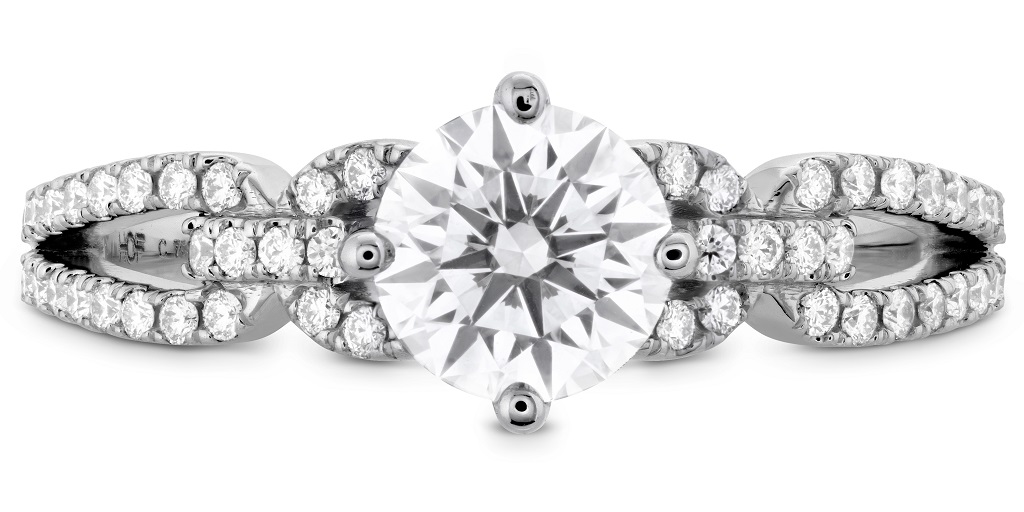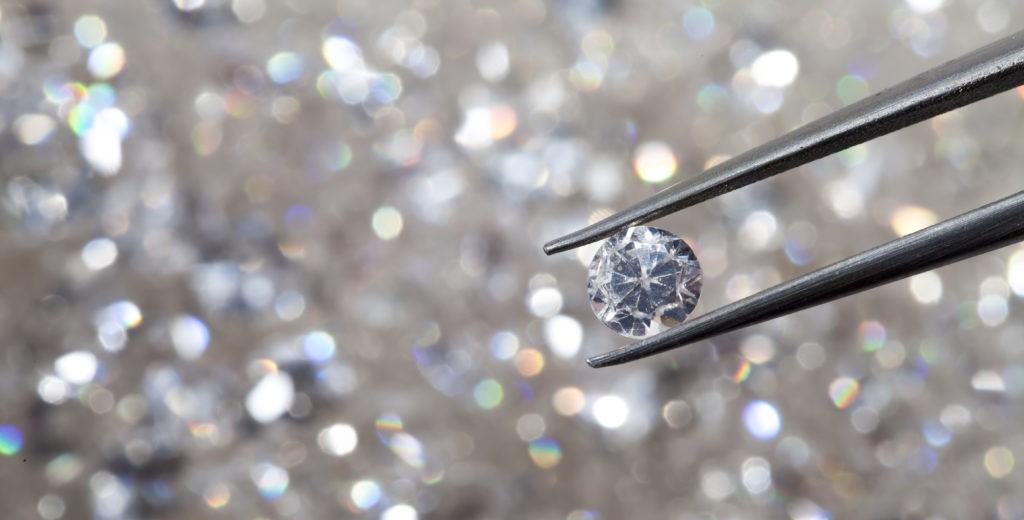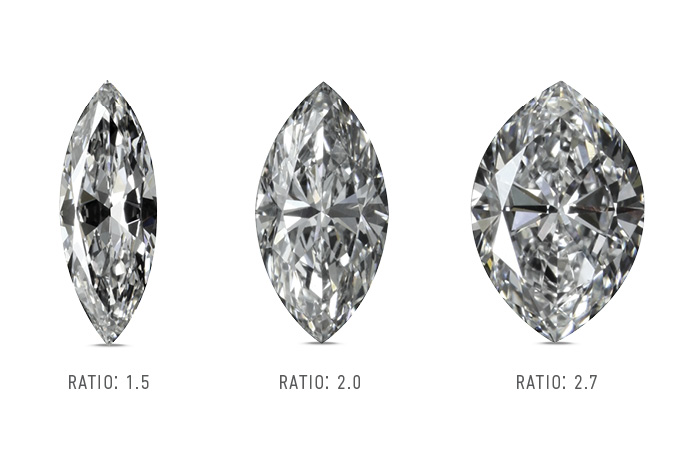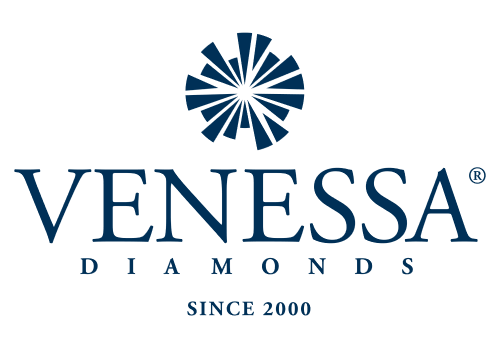Gold Rate
| GOLD .999 | ||
| Malaysia Ringgit (RM) | WE BUY | WE SELL |
|---|---|---|
| Gold / 1000g | 30.00 | 40.00 |
| Gold / 500g | 55.00 | 60.00 |
| Gold / 100g | 88.00 | 99.00 |
| Gold / 50g (Pamp Lady Fortuner) | 22.00 | 55.00 |
| Gold / 20g (Pamp Lady Fortuner) | 33.00 | 88.00 |
| Gold / 10g (Pamp Lady Fortuner) | 77.00 | 88.00 |
Last updated on 20 September 2022 (Tue) 3:32:12 pm
4Cs of diamonds

You’ve probably heard about the 4Cs of a diamond, and you may even know that it stands for diamond cut, color, clarity and carat weight. Below we take a closer look into the individual 4Cs.
Cut
Of all the 4Cs, diamond cut has the greatest effect on a diamond’s beauty. In determining the quality of the cut, the diamond grader evaluates the cutter’s skill in the fashioning of the diamond. The more precise the diamond is cut, the more captivating the diamond is to the eye.
View the complete tutorial on the American Gem Society’s patented Light Performance cut grade or learn more about diamond cut grading.
Color
The color of gem-quality diamonds occurs in many hues. In the range from colorless to light yellow or light brown. Colorless diamonds are the rarest. Other natural colors (blue, red, pink for example) are known as “fancy,” and their color grading is different than from white colorless diamonds.
Take a look at interesting colored diamond trends across the industry or learn more about diamond color grading.


Clarity
Diamonds can have internal characteristics known as inclusions or external characteristics known as blemishes. Diamonds without inclusions or blemishes are rare; however, most characteristics can only be seen with magnification.
Learn more about diamond clarity and how it is determined.
Carat
The carat is the diamond’s physical weight measured in metric carats. One carat equals 1/5 gram and is subdivided into 100 points. Carat weight is the most objective grade of the 4Cs.
Learn more about diamond carat weight.


The Fifth C: Confidence
When you shop smart with an American Gem Society jeweler, you will feel confident in your decision. You know that the jeweler is qualified to describe the characteristics of your diamond, so you can make the informed choice that is right for you.
Ready to buy? We can help! Learn more about diamond buying.
What Affects Diamond Quality?

A diamond’s beauty comes from both nature and nurture. Nature creates diamond rough of different colors and with different inclusions. Humans cut the rough, choosing which of the 4Cs (Cut, Color, Clarity and Carat Weight) to prioritize. Should the cutter cut most of the inclusions away to get a high-clarity stone? Or should the cutter try to keep the diamond as large as possible? The quality of a diamond therefore depends on both the raw material and what cutters and polishers choose to do with the diamond. Of the 4Cs, only cut, color and clarity determine diamond quality. Carat doesn’t, because a tiny diamond can be as beautiful and well-crafted as a much larger diamond. And of the 4Cs, only cut is completely within human control for natural, untreated diamonds, because cut is determined by the quality of craftsmanship.

What is Diamond Shape Quality?

It’s easy to evaluate the shape quality of round brilliant diamonds. Round brilliant diamonds should be—well, round! Most round brilliant diamonds, especially those with Excellent or Very Good Cut grades, are very round, or at least so round that you can’t detect any variance with the unaided eye.
Fancy cut diamonds are where things get more complex. They don’t receive cut grades from GIA, because there is such a wide variety of shapes and cutting styles, each with its own length-to-width ratios and set of standards. Personal preference plays a big part, too. Here are 4 things to look out for in fancy shapes:
round brilliant diamond along with fancy shapes. Photo: GIA
- Length-to-Width Ratio: The L-to-W ratio is the relationship between the length and width of a fancy shape, with the width expressed as the number one. Most people find certain ratios more attractive than others. For example, emerald cuts, rectangular cushion cuts and pears are most popular in L-to-W ratios between 1.50:1 and 1.75:1. L-to-W ratios are also important to consider because gems that are too long and narrow are prone to breaking.
- Line Symmetry: For hearts and pears, the diamond’s outline should be the same on both sides when you draw a line down the middle. For ovals, squares, rectangular cuts and marquises, the diamond’s outline should be the same on each side vertically and horizontally. Symmetry makes a diamond look crisp and neat and contributes to maximizing a diamond’s brilliance. A fancy cut diamond’s GIA grading report does not contain a cut grade but does tell you the stone’s symmetry and polish grades.
- Smooth Curves: Curved shapes like hearts, pears and ovals should have full, rounded “lobes” or “shoulders.” Curves should flow smoothly and not have harsh-looking flat spots.
- Defined Shape: It should be obvious what shape a diamond is. A heart, for example, should have a defined cleft and crisp opposing point and not look like a flat pear. The attractiveness of a diamond’s shape can sometimes depend on ratio. An oval with too low of a length-to-width ratio might look like an uneven round.

